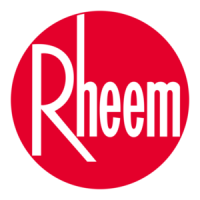
Do you have a question about the Rheem ECOH160DV and is the answer not in the manual?
| Type | Tankless |
|---|---|
| Fuel Type | Natural Gas |
| Energy Factor | 0.82 |
| Voltage | 120V |
| Activation Flow Rate | 0.5 GPM |
| Temperature Range | 98°F - 140°F |
| Maximum BTU | 160, 000 BTU/hr |
| Maximum Flow Rate | 8.0 GPM |
| Phase | Single Phase |
Important safety information regarding fire, explosion, and personal injury.
Steps to follow if you smell gas.
Lists of available direct vent and outdoor models.
Risks of improper venting, flammable vapors, and condensate.
Clearances, pipe types, and installation standards.
Risks of high temperatures and scald prevention.
Required quality, connections, and freeze protection.
Warnings on conversion and detecting gas leaks.
Codes, pressure, and shut-off procedures.
Reading labels, smelling gas, and knob handling.
Step-by-step guide for starting and stopping.
Shock risks, grounding, and repair limitations.
Specific bracing needs for California installations.
Following codes, avoiding disassembly, and pre-operation checks.
Reading manual, intended use, and saving instructions.
Steps to verify before starting the unit.
Visual representation of unit dimensions.
Detailed technical data for different models.
Visual layout of components and connections.
Visual layout for outdoor models.
Flammable vapors and operating rules.
Risks of high temperatures and scald chart.
Checking temperature and remote control functions.
Key safety points about temperature and operation.
Annual checks and condensate handling.
Visual checks of the burner and flames.
Protecting against shock and cleaning the unit.
Procedure for cleaning the water filter.
Cautions during filter removal and reinstallation.
User and professional maintenance schedules.
Detailed steps for safely draining the unit.
Steps to put the unit back into service after draining.
Protecting the unit and pipes from freezing.
Procedures for extended periods and freezing conditions.
How to use the chart and safety reminders.
Diagnosing and fixing common issues.
Addressing water temperature and fan issues.
Understanding and reacting to error codes.
Detailed list of error codes.
Who to call and what information to provide.
Adhering to regulations.
Fire hazards and location requirements.
Sealing, insulation, and prohibited locations.
Checking for damage and parts.
Avoiding damaging air supply.
Visual guide for direct-vent setup.
Safety for outdoor units and visual layout.
Securing the unit and power supply.
Safety, codes, and approved vent pipes.
Charts for pipe length calculations.
Proper installation and inspection.
Specific state rules for CO detectors and signs.
Visual guide for correct placement.
Detailed chart for US and Canadian requirements.
Managing moisture, avoiding obstacles, and protecting surfaces.
Requirements for multiple units and outdoor units.
Flammable cement handling and pipe connection steps.
Attaching vent components and preparing openings.
Visuals of concentric and flat kits.
Safety, structural support, and condensate management.
Dimensional data for vertical vent placement.
Visual representation of roof termination.
Visuals for different termination kits.
Conditions for safe operation and expansion tank needs.
Ensuring proper water flow and connections.
Filter care and piping guidelines.
Benefits of using service valve kits.
Safety ratings, discharge piping, and notices.
Protecting pipes from freezing and ensuring proper condensate flow.
Warnings on conversion and detecting gas leaks.
Calculating and selecting appropriate pipe sizes for gas supply.
Installing valves, sediment traps, and checking pressure.
Methods for ensuring system integrity.
Requirements for high altitudes and electrical installation safety.
Visual representation of electrical connections.
Guidelines for installing remotes and available models.
Procedures for attaching the remote to the wall.
Connecting cables and verifying operation.
When they are needed and safety considerations.
Key checks before operation.
Checklist for location, venting, supply, gas, electrical, and condensate.
Essential safety checks and startup procedures.
Detailed instructions for starting and stopping the unit.
Safety risks and steps for adjusting temperature.
Final steps for setting desired temperatures.
Procedures for low temps and high altitudes.
Specific steps for different elevation ranges.
How to order parts and labeled components.
Labeled parts for outdoor models.


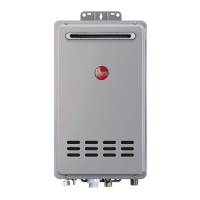


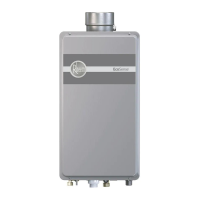
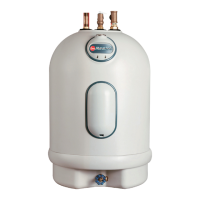
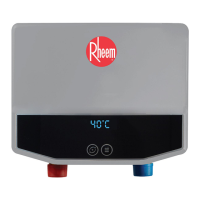
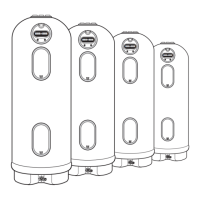

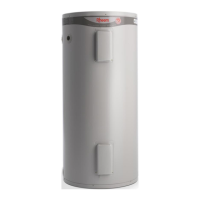
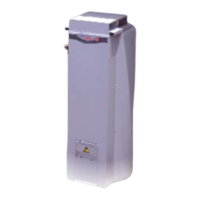
